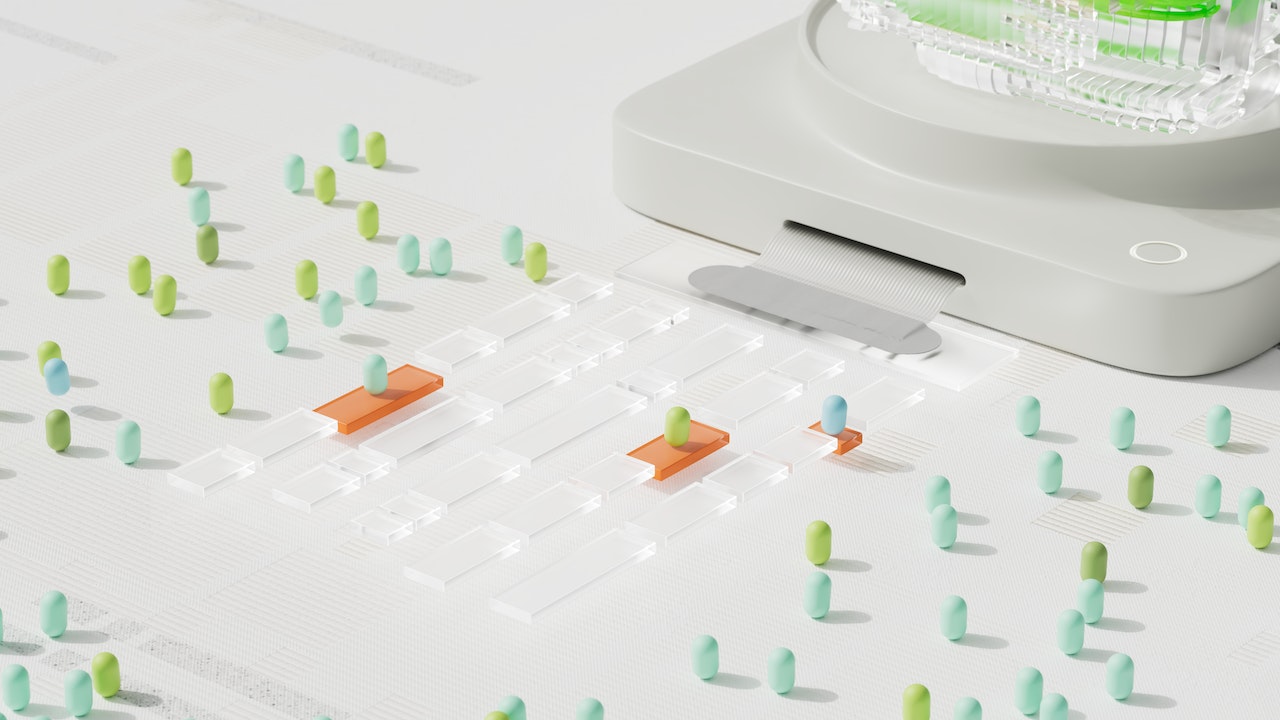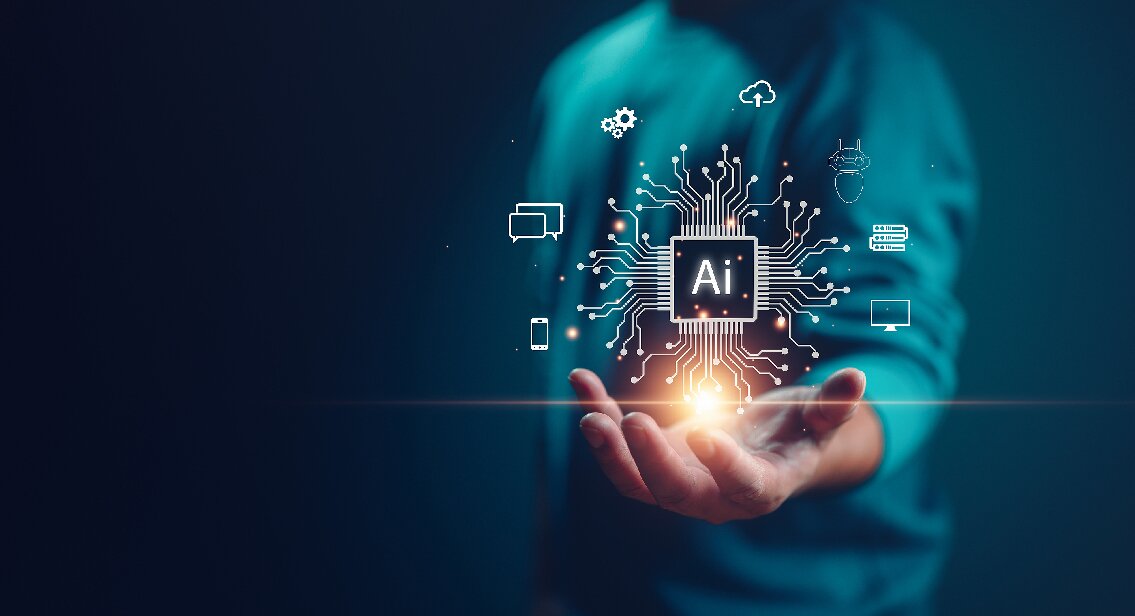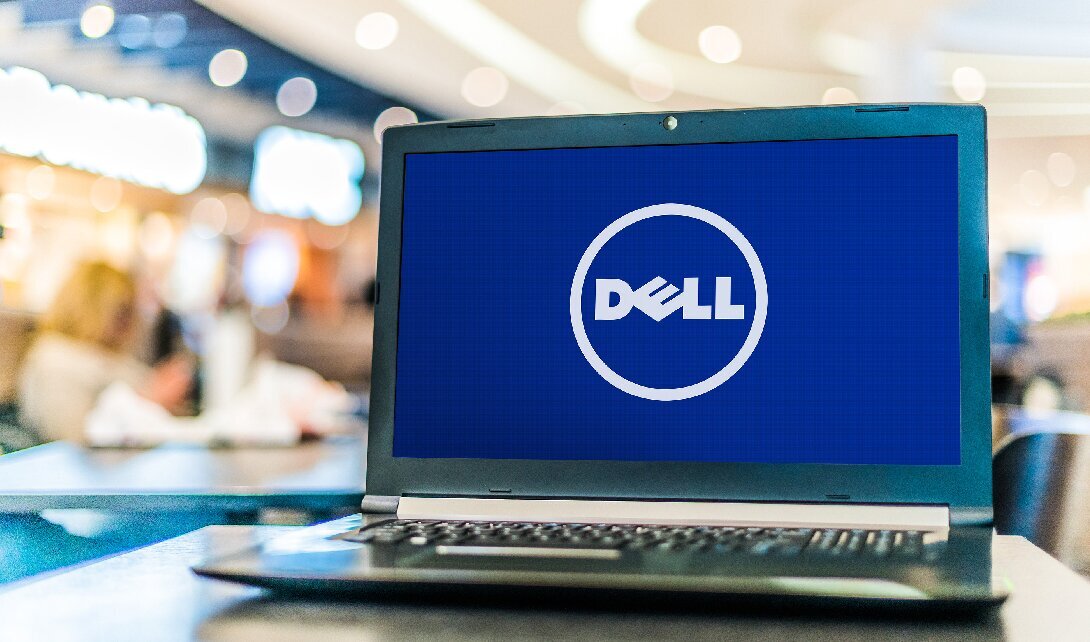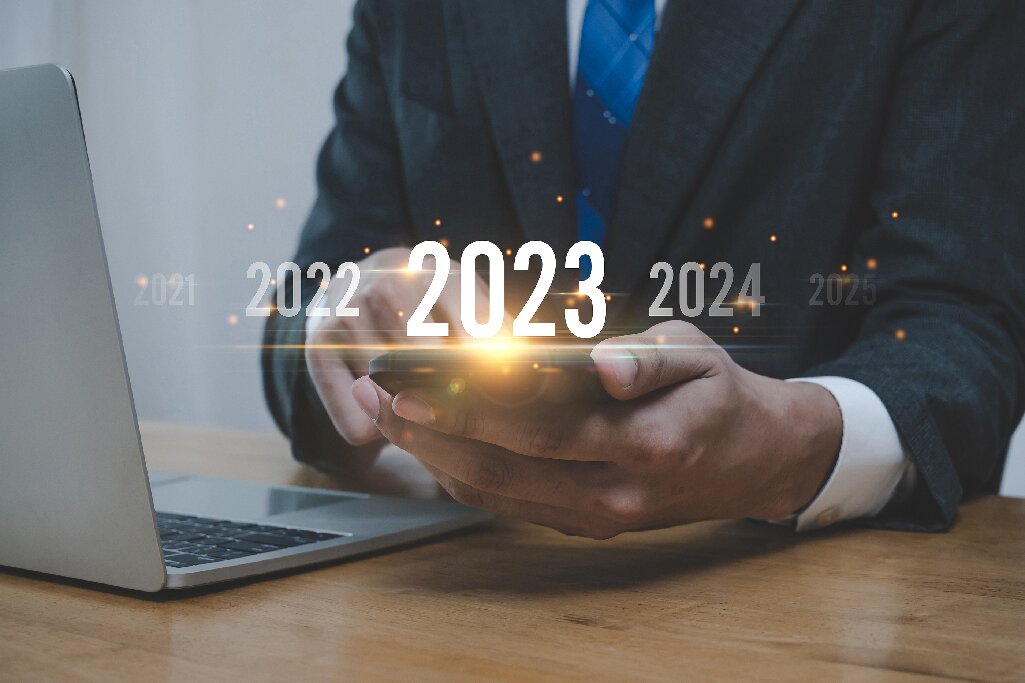Comments
- No comments found

We live in an amazingly uncertain world, but that uncertainty is brimming with certainty!
I know this may seem contradictory, but it is true, and worth the exploration. Yes, we do live in constant uncertainty. What will happen with certain businesses or industries if the economy shifts, if technology disrupts, or if a new product or service falls flat? There is no doubt that uncertainty breeds fear, anxiety, and even a type of mental agility that treads water until you feel all is clear.
But buried in these uncertainties are trends and data all around us that give us rather obvious information on what is to come if you know how to look for it! We may not know for sure how AI ChatBots like ChatGPT will be used in the future, but we do know that their use will only increase exponentially in both the business world and our personal lives!
This is a Hard Trend, whereas the “how” is a Soft Trend. My Hard Trend Methodology has helped many both navigate and anticipate the future, so they can innovate in a low-risk environment. Especially in business, separating future certainties from future possibilities and learning to leverage both are vital in giving us a competitive advantage, in arming ourselves to avoid disruption, and finding the opportunities in that disruption.
One powerful way that Hard Trends in disruptive digital technology help businesses stay ahead of the curve is by using new technology to meet customer preferences and needs. Truth be told, if we don’t, they will ultimately be met with someone who does.

The exponential evolution of technology, especially the dawning of breakthrough AI software, is a Hard Trend that has already begun to discern customer wants, needs, issues, and behaviors. Customers’ increasing needs for more digitized and personalized experiences are also Hard Trends. Neither of these will slow down, or somehow go in reverse, because technology itself continues to accelerate.
Because you cannot avoid these Hard Trend future certainties, you must learn to leverage them to your advantage, which in turn will keep you in tune with customer needs as a business leader. In the way of meeting customer needs by leveraging disruptive digital technology, you inadvertently position your organization to capture the interest of new customers as well!
How can you find the opportunity that disruptive advances in AI technology and other transformations bring? How can you be the disruptor instead of the disrupted, implementing technology as a tool to better the customer experience and produce the results they are looking for?
Everyone needs a reminder every now and again that complacency is a company killer.
Failing to adapt to transformative technology and using it to your advantage is not always about what specific products you offer customers. It is a combination of that and understanding their behaviors to help stay up to speed with them and their evolving needs.
It may hurt to hear this, but what works for you now will not work for you in the same fashion in one year, let alone several. Technology is always changing, and, as a result, people change. But new technologies play major roles in the merger of individuals’ needs and technology that helps determine what they are.
You are very much a part of those paradigm shifts, but as a business leader, you have the power play. You can determine customer needs with ease by implementing said transformative technologies and better serving those customers while also drawing in new ones.

Dell is an example of a company that not only missed the mark on adapting to technology that consumers wanted, but also in forecasting where their needs were headed.
Back in its heyday, Dell was an innovative leader in the sale of computers. When most tech companies were still selling in physical stores, Dell identified that the internet was on the rise as a Hard Trend future certainty. As such, their sales skyrocketed when they implemented eCommerce platforms to sell their computers while their competitors tried desperately to keep up with brick-and-mortar stores.
But after their whirlwind success for years regarding their customer service, Dell got complacent with its products. The miniaturization of devices started along with the exponential acceleration of connectivity, bringing smartphones and mobile devices to prominence. Dell stuck to its guns, assuming customers would always need a desktop computer, but as customer needs shifted faster than ever before, it quickly fell by the wayside.
Regardless of the circumstances, if organizations opt to stick with their traditional methods instead of proactively recognizing future prospects, they've essentially decided to welcome disruption. Dell failed to stay vigilant in spotting an unmistakable Hard Trend in the rapidly evolving technology landscape that was significantly influencing consumer preferences and demands.

I don’t like to leave my readers with a sense of doom and gloom lingering in their chests. Disruption in any capacity is always possible, and as mentioned earlier, a feeling of uncertainty will always be around.
However, certainty is deeply evident in everything that is uncertain about your industry and the world, and this makes being disrupted a choice.
The unfortunate reality is that not many see it this way when their businesses fail, or their customers choose the competition instead. Many see others’ progress as something they could have done, but hindsight does not breed successful and significant innovation.
In order for you to avoid becoming complacent, you must constantly be absorbing Hard Trend future certainties, understanding the difference between Hard Trends and Soft Trends, and then influencing those Soft Trends. This is especially true with regard to meeting customer needs.
You should expect customer needs to continue on the transformative path they have been on, and moreover, accelerate even more. While some companies may look at the likes of AI, generative AI like ChatGPT, Edge Computing, and other breakthroughs that can help you anticipate consumer needs effectively as fads, trust me when I say that they are not!
Business leaders need to ask themselves three questions right now:
How will disruptive technology such as AI affect the landscape of our industry?
What customer needs are currently not being met that can be met by implementing AI and other transformative technologies?
Where are customer expectations headed, and how can we use accelerating technology to meet those expectations?
Once you understand how technology is evolving, and what impact it has on consumer behavior, you can effectively make strategic decisions, innovate in low-risk ways, and take control of your future!
Daniel Burrus is considered one of the world’s leading futurists on global trends and innovation. The New York Times has referred to him as one of the top three business gurus in the highest demand as a speaker. He is a strategic advisor to executives from Fortune 500 companies, helping them to accelerate innovation and results by develop game-changing strategies based on his proven methodologies for capitalizing on technology innovations and their future impact. His client list includes companies such as Microsoft, GE, American Express, Google, Deloitte, Procter & Gamble, Honda, and IBM. He is the author of seven books, including The New York Times and Wall Street Journal best-seller Flash Foresight, and his latest book The Anticipatory Organization. He is a featured writer with millions of monthly readers on the topics of innovation, change and the future and has appeared in Harvard Business Review, Wired, CNBC, and Huffington Post to name a few. He has been the featured subject of several PBS television specials and has appeared on programs such as CNN, Fox Business, and Bloomberg, and is quoted in a variety of publications, including The Wall Street Journal, Financial Times, Fortune, and Forbes. He has founded six businesses, four of which were national leaders in the United States in the first year. He is the CEO of Burrus Research, a research and consulting firm that monitors global advancements in technology driven trends to help clients profit from technological, social and business forces that are converging to create enormous, untapped opportunities. In 1983 he became the first and only futurist to accurately identify the twenty technologies that would become the driving force of business and economic change for decades to come. He also linked exponential computing advances to economic value creation. His specialties are technology-driven trends, strategic innovation, strategic advising and planning, business keynote presentations.
Leave your comments
Post comment as a guest